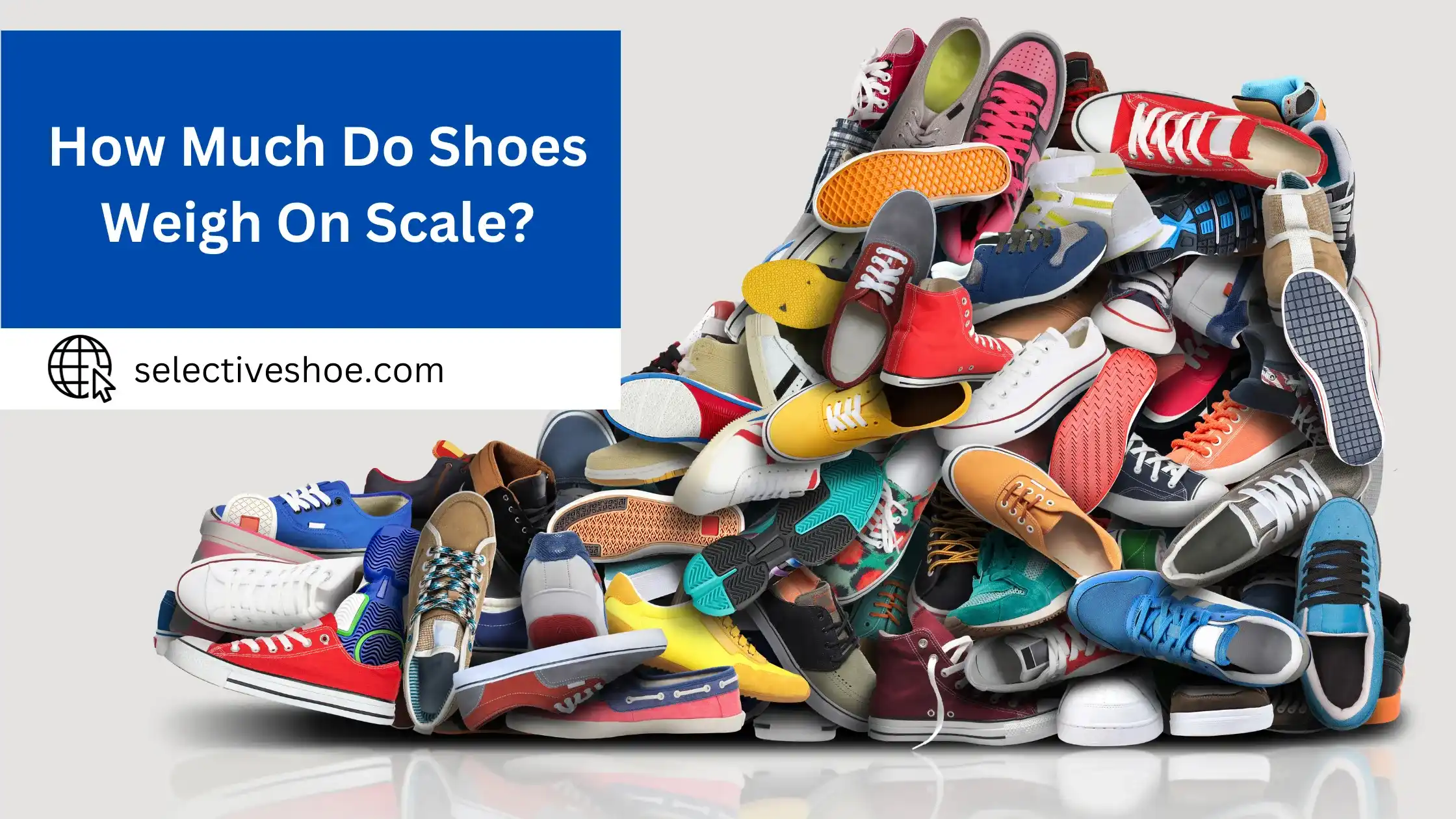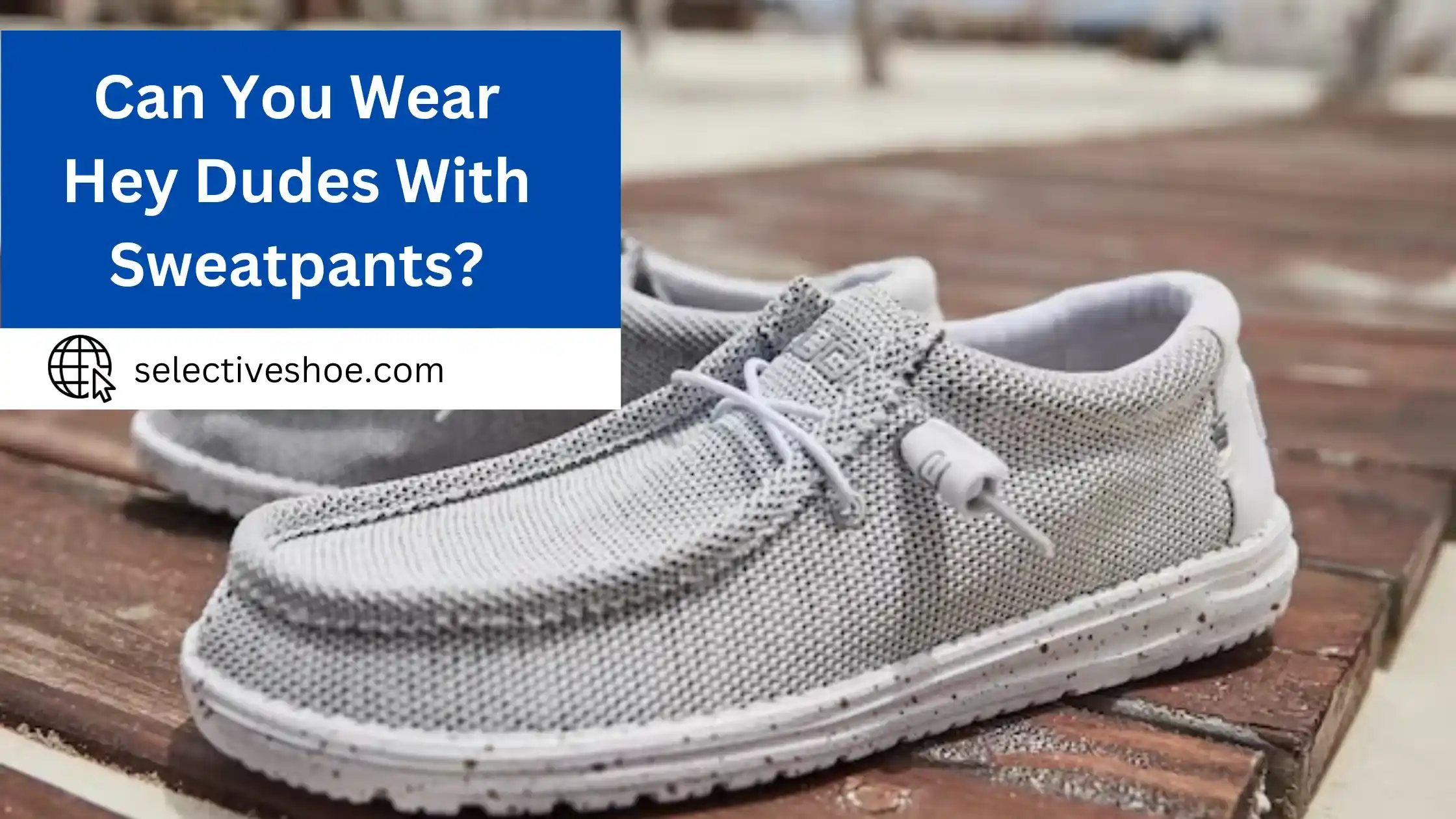When it comes to shoes, one of the most essential aspects is weight. After all, if they’re too heavy, you won’t want to wear them for long periods, let alone go for a run or do your fitness routine!
We’ll dive into different types of footwear and how much each should weigh so you can make an informed decision before purchasing the right pair for your needs. So buckle up and get ready. It’s time to discover how much those gorgeous kicks add to your body weight!
Shoe weight can have a significant impact on your running performance. A lighter shoe means less effort is required to move forward, and the runner will gain more momentum, resulting in faster times. Heavier shoes can tire out your legs quicker, making it challenging to keep pace and increase speed. Knowing the importance of shoe weight can help you choose the right style for your specific needs.
Average Weights of Different Types of Shoes:
A shoe’s weight can vary significantly depending on its type, materials, and design. However, there are some general weight ranges for different types of shoes. It’s important to note that these weights are approximate averages and can vary by brand, size, and specific model. All weights are given per shoe, not per pair.
Running Shoes:
Men’s: Around 8-12 ounces (227-340 grams)
Women’s: Around 6-9 ounces (170-255 grams)
Basketball Shoes:
Men’s: Around 14-20 ounces (397-567 grams)
Women’s: Around 11-15 ounces (312-425 grams)
Hiking Boots:
Men’s: 1.2 - 3 pounds (544 - 1361 grams)
Women’s: 1 - 2.5 pounds (454 - 1134 grams)
Work Boots:
Men’s: Around 2-4 pounds (907-1814 grams)
Women’s: Around 1.5-3 pounds (680-1361 grams)
Casual Sneakers:
Men’s: Around 12-16 ounces (340-454 grams)
Women’s: Around 10-14 ounces (283-397 grams)
Sandals/Flip-Flops:
Men’s: Around 4-8 ounces (113-227 grams)
Women’s: Around 3-6 ounces (85-170 grams)
Formal Shoes (Oxfords, Loafers, Heels, etc.)
Men’s: Around 12-20 ounces (340-567 grams)
Women’s: Around 6-16 ounces (170-454 grams)
Skateboarding Shoes:
Men’s: Around 12-18 ounces (340-510 grams)
Women’s: Around 10-16 ounces (283-454 grams)
Cycling Shoes:
Men’s and Women’s: Around 6-12 ounces (170-340 grams)
Remember, a shoe’s weight can affect its comfort and functionality, so consider what you’ll be using the shoes for when making a decision. Trying them on and getting a feel for them before committing to a purchase is always a good idea.
The Role of Materials in Determining Shoe Weight:
Different materials play a significant role in affecting a shoe’s weight and can also impact other factors like durability, support, and breathability. Here is a breakdown of how different materials contribute to shoe weight:
Upper Materials:
Leather:
Traditionally used for durability and support, leather is generally heavier than synthetic materials. Leather shoes are often chosen for formal wear or rugged outdoor activities but are usually not the best choice for activities requiring lightweight shoes, such as running.
Mesh:
It is a very lightweight and breathable material often used in athletic shoes. Mesh allows for excellent ventilation but might compromise on durability.
Synthetics:
Materials like synthetic or artificial leather are often lighter than natural leather and offer a good balance between weight, durability, and breathability.
Textiles:
Materials like canvas are often used in casual shoes. While generally lighter than leather, they may provide a different level of support or durability.
Midsole Materials:
EVA (Ethylene-Vinyl Acetate):
This lightweight foam material provides good cushioning but can compress over time.
PU (Polyurethane):
Heavier and more durable than EVA, PU midsoles offer more support but contribute to heavier shoes.
Gel:
Some athletic shoes incorporate gel inserts for cushioning. The gel is generally heavier than foam materials.
Air:
Some shoes use air cushioning to reduce weight while providing good support and shock absorption.
Outsole Materials:
Rubber: Heavy but provides a good grip and is durable. They are often used in hiking and work boots.
Synthetic Compounds:
It is lighter than rubber and is often used in athletic shoes to provide grip without adding much weight.
Foam:
Some modern running shoes use foam outsoles to reduce weight further, but this often comes at the expense of durability and grip.
Insole and Lining:
Foam:
Lightweight foam insoles are common in most types of shoes for added comfort.
Textiles:
Inner linings made from lightweight textiles can slightly reduce the overall weight.
Orthotics:
Depending on the material used, custom insoles of various materials can add weight.
Understanding the materials and their impact on shoe weight can help consumers make more informed decisions based on their specific needs for sports, casual wear, or specialized activities.
The Relationship Between Shoe Size and Weight:
The relationship between shoe size and weight is generally straightforward: as shoe size increases, the weight of the shoe usually also increases. However, the rate of increase in weight relative to size is not necessarily linear and can vary depending on the design of the shoe, the materials used, and the type of shoe.
Here are some considerations regarding the relationship between shoe size and weight:
Material Volume:
Larger shoe sizes require more material, which adds to the weight. This is especially true for shoes of heavier materials like leather or those with thick rubber soles.
Design Specifics:
Some designs may distribute material differently across sizes. For example, a minimalist running shoe designed to reduce weight may show less variation in weight across sizes compared to a heavily cushioned one.
Brand and Model Variability:
Different brands and models will have varying scales of weight increase across sizes. For example, a lightweight brand may use advanced materials to minimize weight gain as shoe size increases. In contrast, a more traditional or budget brand may see more significant weight differences between sizes.
Gender Differences:
Generally, women’s shoes are lighter than men’s for the same type of footwear, reflecting the smaller average size and different design considerations like aesthetics and support.
Activity Type:
Activity-specific shoes may exhibit unique relationships between size and weight. For instance, hiking boots may show a more pronounced weight increase with size due to the need for additional support and durability in larger sizes.
Conclusion:
To sum it all up, the weight and size of the shoes you buy make a difference in how much they will weigh. Assess the size and weight before purchasing to determine if it matches what may be comfortable for you. Finally, remember that a good pair of shoes is an investment, and buying quality materials from trusted brands can often save money in the end. So next time you’re shopping for new shoes, don’t forget to think about how much each pair actually weighs!







